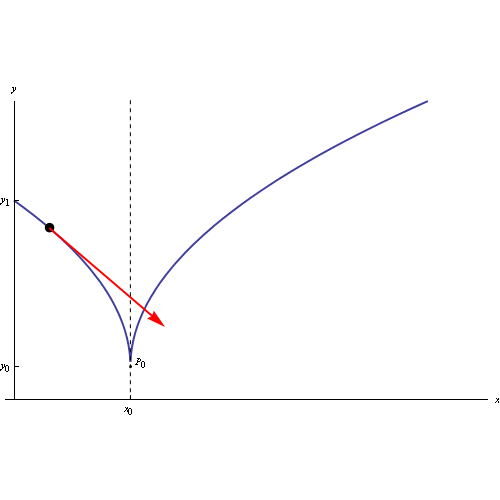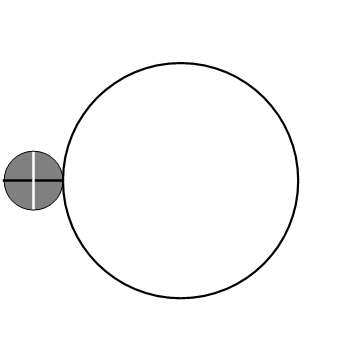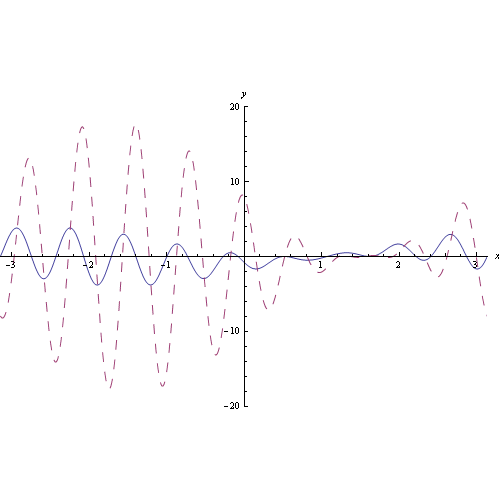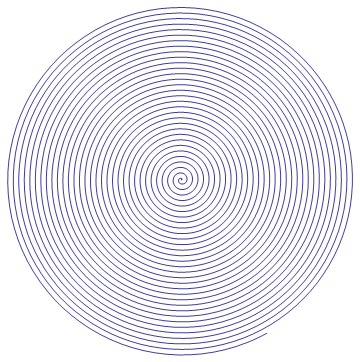L'equazione di Klein-Gordon quale equazione di campo
mercoledì, Aprile 28th, 2021
In this issue we briefly summarize the results achieved, anticipating some concepts relating to a reinterpretation of the solutions of the Klein-Gordon (K-G) equation. As seen previously, it is necessary to redefine the square modulus of the solutions as electric charge density, since the aforementioned square modulus is not defined as positive. Historically, it was the theoretical physicists Pauli and Weissskopf (1934) who circumvented the obstacle of the sign of the density ρ (formulation later resubmitted by Feschbach and Villars). However, according to some historians of physics it seems that the hypothesis of a field theory as regards the solutions of the K-G was formulated by the theoretical physicist Ettore Majorana.
In a previous issue we saw that the K-G equation

is equivalent to the system of differential equations

where

Then obtaining the operational form

where the representation of the first-member operator in the coordinate representation is written:

remembering that

That said, for a physical interpretation of the functions that make up Ψ, let's take the electric charge density and the corresponding current density:

It follows

The obvious result

allows us to express the charge density as

being

the conjugate Hermitian function of Ψ. The electric charge in a volume of physical space represented by a regular domain D, is

Density and current are related by the continuity equation

which expresses the conservation of electric charge. Taking into account the previous equation and applying the divergence theorem

where the quantity a second member is the flux of the vector j through the closed surface that delimits the volume considered. By integrating over all the physical space we have manifestly

In Pauli and Weissskopf's interpretation, the K-G is a field equation in which ρ is the difference between the electric charge densities between two types of particles with opposite charges. This is suggested by the decomposition of the integral expressing the electric charge over the whole physical space:

which can be written as

being

The sum Q+(t)+Q-(t) is constant but the individual terms can vary as a function of time through processes of creation/destruction of pairs of particles of opposite charge.
In questo numero ricapitoliamo a grandi linee i risultati raggiunti, anticipando alcuni concetti relativi a una reinterpretazione delle soluzioni dell'equazione di Klein-Gordon (K-G). Per quanto visto in precedenza, è necessario ridefinire il modulo quadro delle soluzioni come densità di carica elettrica, giacché il predetto modulo quadro non è definito positivo. Storicamente, furono i fisici teorici Pauli e Weissskopf (1934) ad aggirare l'ostacolo del segno della densità ρ (formulazione ripresentata poi da Feschbach e Villars). Tuttavia, secondo alcuni storici della fisica sembra che l'ipotesi di una teoria di campo per ciò che riguarda le soluzioni della K-G sia stata formulata dal fisico teorico Ettore Majorana, come si evince da questo video al minuto 27.
Dunque, abbiamo visto che l'equazione di K-G

equivale al sistema di equazioni differenziali

dove

(altro…)




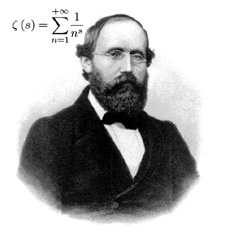 Congettura di Riemann
Congettura di Riemann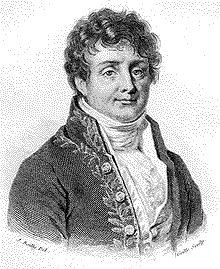 Trasformata discreta di Fourier
Trasformata discreta di Fourier
 Trasformata di Fourier nel senso delle distribuzioni
Trasformata di Fourier nel senso delle distribuzioni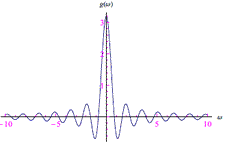 Trasformata di Fourier
Trasformata di Fourier  Infinitesimi ed infiniti
Infinitesimi ed infiniti Limiti notevoli
Limiti notevoli Punti di discontinuità
Punti di discontinuità Misura di Peano Jordan
Misura di Peano Jordan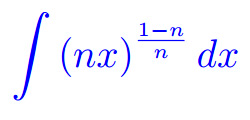 Eserciziario sugli integrali
Eserciziario sugli integrali Differenziabilità
Differenziabilità  Differenziabilità (2)
Differenziabilità (2) Esercizi sui limiti
Esercizi sui limiti Appunti sulle derivate
Appunti sulle derivate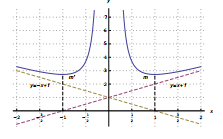 Studio della funzione
Studio della funzione Esercizi sugli integrali indefiniti
Esercizi sugli integrali indefiniti Algebra lineare
Algebra lineare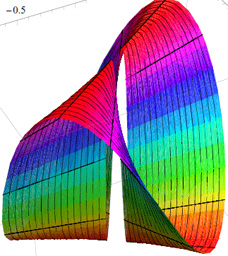 Analisi Matematica 2
Analisi Matematica 2 Analisi funzionale
Analisi funzionale Entanglement quantistico
Entanglement quantistico Spazio complesso
Spazio complesso Biliardo di Novikov
Biliardo di Novikov Intro alla Meccanica quantistica
Intro alla Meccanica quantistica Entanglement Quantistico
Entanglement Quantistico
